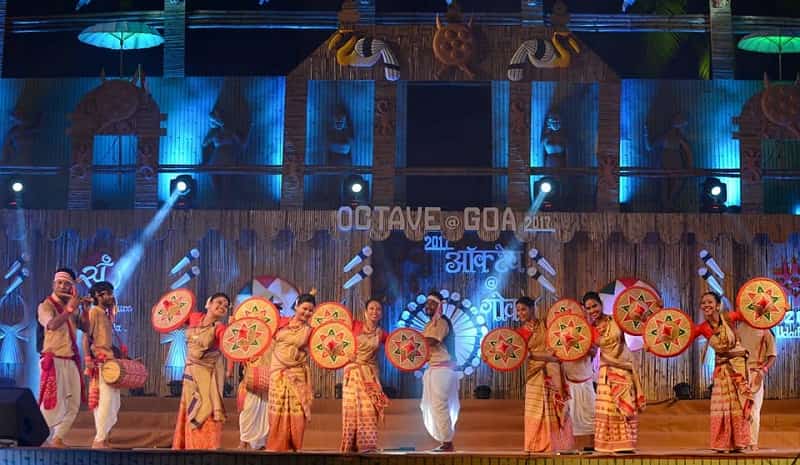Sattriya Dance: An Indian Classical Dance Form
While in India, on a tour, wouldn’t you like to understand the different forms of art that exist here and try to comprehend and experience the various forms of creative and expressive art that so form a part of daily life here.
India is a land of traditional dances so the various dance forms of India come in myriad varieties. Such an Indian classical dance, the Sattriya dance is one form that has taken birth in the northeastern state of Assam in India.
History
Sattriya comes from the word “Sattra” which means a monastery-like institution. In the olden days, dance performances were practiced in the compounds of such institutions which used to be the fulcrum of the Vaishnavite culture. It was in the 15th and the 16th century that Srimanta Sankardev brought about a rebirth of talent and art in Indian society when the society bonded well with the social and cultural atmosphere that was prevalent then. This sudden resurgence in the society is what is reflected in the Indian culture and is what makes the Indian heritage so rich and replete with the treasures of traditional values and cultural history dating back to more than 5000 years.

Mahapurush Srimanta Sankardev used all his charm and capability in the Indian art arena and brought about a vivid change in the culture of society. He fused his philosophy of Vaishnavism or monotheism and used art to interpret his teachings and principles. Sankardev thus used art as a major tool to tell stories and tales of the past and created a drama which was then called the Ankia naat. Such dramas showcased the life and stories of Lord Krishna and also Lord Rama. There were many dance performances that were a part of this Ankia Naata that were performed by this great guru. Then it was Sri Mahadev who later created more such performances. This dance art form then came to be known as the Nadu Bhangi, the Behar Nach, the Jhumura Naach, the Sutradhari, the Chali Nach, the Ojapali Nach, the Gopi Pravesh, and the Gosain Pravesh and finally came to be known as the well known Sattriya dance of today. It was Dr. Maheswar Neog who gave this identity to this Indian classical dance form which is today very well known.
This dance style has two forms – the Lasya or the feminine dance called the Sri bhangi and the Tandav or the masculine style called the Paurashik Bhangi.
Dating back to the times when the dance form was performed in Sattras, this dance form has Late Raseswar Saikia Borbayan and Late Moniram Datta Muktiar Barbayan as the main exponents of this Indian classical dance form.
With a greatly matured way of performing this art form does share the same platform with other Indian dance forms. This is because it is not so greatly popular as it is a dance performed within the Sattras thus limited only to the disciples in the late 20th century. It was only in the year 2000 that the Sangeet Natak Akademi of India gave it the status of the classical dance form.
Today this dance form is slowly gaining a lot of recognition and is a major path-breaking art form for most of the youth who now show a lot of interest to learn this form of dancing with great eagerness. There are innumerable exponents of the Sattriya dance who are composing newer pieces and breaking the monotony of the older versions thus enthralling the youngsters’ psyche.


